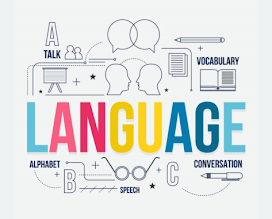Upbringings in Different Cultures: A Comparison of Germany, Trier, and Milan, Italy

Child-rearing practices can vary heavily from one culture to another, shaped by factors such as family structure, religion, economic status, and societal values. This can result in different expectations and experiences for children growing up in different parts of the world. In this post, we will take a closer look at the upbringings of children in Germany, Trier, and Milan, Italy. Germany: In Germany, a strong emphasis is placed on education and academic achievement. Parents often enroll their children in daycare or kindergarten at a young age, and place a strong emphasis on academic subjects such as math and science. Children are encouraged to be independent and self-reliant, with a strong emphasis on punctuality, organization, and obedience. The traditional family structure in Germany is nuclear, with both parents typically working outside the home. Trier: Trier is a city in western Germany with a rich history dating back to the Roman Empire. The city has a strong Roman...





.png)